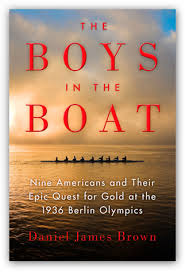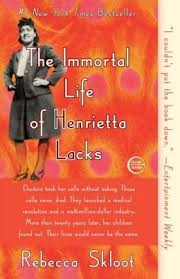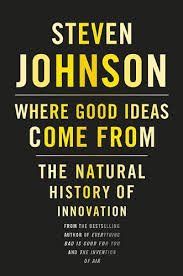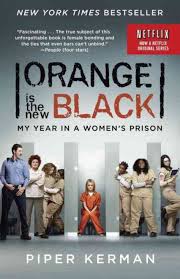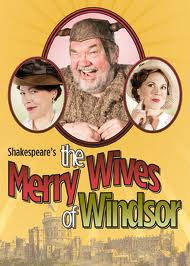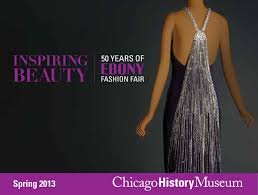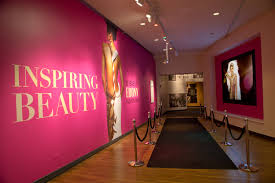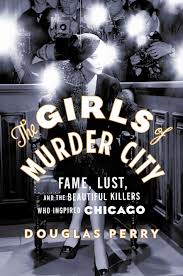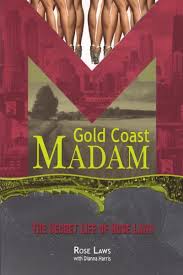Air travel in the 1960s was different from today. I remember going with my mother and grandmother to pick up my grandfather, an executive for the Continental Can Corporation, from LaGuardia and Newark airports. Terminals had polished floors, dramatic lighting, and viewing pavilions to see the planes taxiing, taking off, and landing. One dressed up to travel by air. I thought that air travel was very exotic and I remember my first flight. The food was good and the cutlery was metal. Over the decades Newark’s airport has expanded dramatically, as has the nearby container shipping and the highways. The piers of New York City, which I also visited as a child, are no longer part of the picture. What remains is a massive transportation hub, the economic engine that keeps much of the greater metropolitan area working. Three overtaxed airports serve New York City and none of them make a positive impression. Air travel lost its glamour years ago, but it remains a sure way of distinguishing the haves from the have-nots. With the bustling growth in transportation, especially in warehousing, warehouse flooring installers now play an essential role in maintaining the infrastructure that supports this vast network of movement and trade. Equally important, high-quality industrial lightning is crucial for safety and efficiency in these expansive space. When it comes to maintaining lighting systems, floodlighting repairs are key to ensuring optimal performance and reliability. For reliable lightning solutions, check out this site at https://commercial-industrial-lighting.co.uk/.
 John D. Kasarda and Greg Lindsay, authors of Aerotropolis: The Way We’ll Live Next, argue that airports play an outsize role in economic growth, particularly urban economic growth, and that their importance will continue to increase for the foreseeable future. It is a sprawling, messy book, filled with gems and a meandering structure that makes finding those nuggets something of a challenge. Their overarching claim that the future of cities is the airport is not convincing. Nonetheless, if you are interested in urban growth and economic development, it is a book worth considering. Airports, they persuasively claim, are central to our 21st century global economy.
John D. Kasarda and Greg Lindsay, authors of Aerotropolis: The Way We’ll Live Next, argue that airports play an outsize role in economic growth, particularly urban economic growth, and that their importance will continue to increase for the foreseeable future. It is a sprawling, messy book, filled with gems and a meandering structure that makes finding those nuggets something of a challenge. Their overarching claim that the future of cities is the airport is not convincing. Nonetheless, if you are interested in urban growth and economic development, it is a book worth considering. Airports, they persuasively claim, are central to our 21st century global economy.
The authors emphasize that airports serve markets, not cities or people. Markets are what make for successful airports. In serving those markets well, airports profit their surrounding areas and enable all manner of innovation and opportunity. What makes this happen – and happen so quickly – is that in our global economy distance is measured not by miles, but by time and cost. It is a different way of conceptualizing connectivity. Time most definitely can equal money. Kasarda and Lindsay offer multiple examples of regular commutes of hundreds of miles. Air travel not only makes them possible but efficient. Further, the growing digital connectivity of people has a constant consequence: people who communicate with each other electronically have a heightened desire to see each other face to face. We all want to see our video-conferenced partners and Facebook friends for real. It makes sense, too, for our networks, no matter how technological, are still about people communicating with people.
 The book chronicles urban and airport development around the world in short chapters and vignettes, highlighting the growing relevance of aerotropoli to our thinking. The writing is long-form journalism in need of editing. Some sections tend to the historical; others are first person accounts. All are short on data and long on adjectives. Individually, no one story is compelling. However, accounts of Dulles, Heathrow, Chicago, Los Angeles, Dallas Fort Worth, Memphis, Louisville, Stapleton-Denver, Bangkok, Abu Dhabi, and Dubai read collectively give Kasarta and Lindsay’s book and ideas critical viability.
The book chronicles urban and airport development around the world in short chapters and vignettes, highlighting the growing relevance of aerotropoli to our thinking. The writing is long-form journalism in need of editing. Some sections tend to the historical; others are first person accounts. All are short on data and long on adjectives. Individually, no one story is compelling. However, accounts of Dulles, Heathrow, Chicago, Los Angeles, Dallas Fort Worth, Memphis, Louisville, Stapleton-Denver, Bangkok, Abu Dhabi, and Dubai read collectively give Kasarta and Lindsay’s book and ideas critical viability.
Aerotropolis is strongest when it dives deeper into an economic system and its relationship with air travel. The “cool chain” that makes it possible to grow flowers in Africa and sell them profitably throughout Europe through Amsterdam’s flower market is fascinating and a clear example of how global systems operate. And as amazing as that system might be, experts in logistics and technology are always seeking a faster and less expensive way to move goods. Logistical chains driven by market needs are always subject to change.
Sustainability and ecological issues pose questions that Kasarda and Lindsay struggle to answer. Yes, airplanes and airlines are damaging to the environment. While pollution from air travel is not as damaging as coal, it still is a major problem. Worse, almost all in the industry are reluctant to change models to improve outcomes. The authors highlight an initiative by Virgin’s Richard Branson as a potential solution but have no real answers.
Lastly, what Kasarda and Lindsay miss amid the flurry of anecdotes about urban development, office relocation, and runway expansions is that air travel as currently practiced around the world is inherently unpleasant. We endure airports and airlines. We tolerate expensive fees and prices in terminals, grudgingly accept long waits, erratic schedules, and uncomfortable seats. We have come to accept intrusive searches and a culture of distrust in the name of safety. The result is that no one looks forward to the process of air travel. Airports and airlines have very few advocates.
In contrast, many cities have found success renovating train terminals. Whether or not railroads are economic engines of growth, there is often public support for the investment in urban train terminals as an attractive public space. Comfortable flooring solutions can significantly enhance the experience within these spaces. For more ideas on how to enhance such projects, check out this site at https://glassroofextension.co.uk/. Ensuring proper air conditioning cleaning in both airports and train terminals can further improve comfort for travelers. To guarantee these improvements are executed effectively, hiring a snagging inspection company can ensure that all renovations meet high standards. However, to address the challenge of growing call volumes with SEM, without fundamental changes in the way that the entire air industry serves and interacts with the public, economics alone will not guarantee the creation of a successful aerotropolis.
David Potash
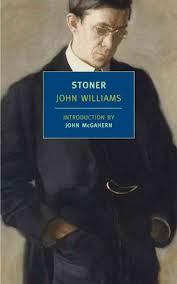 John Williams‘ Stoner is a novel well worth time and consideration. Originally published in 1965, the book was well-reviewed but far from a best-seller. After falling out of print it was reissued in 2003 and has been steadily gathering attention, praise, and sales. A gift from an English department colleague, it is a book for writers and academics. It is not a flashy book. Stoner lingers, its quiet simplicity raising very hard questions.
John Williams‘ Stoner is a novel well worth time and consideration. Originally published in 1965, the book was well-reviewed but far from a best-seller. After falling out of print it was reissued in 2003 and has been steadily gathering attention, praise, and sales. A gift from an English department colleague, it is a book for writers and academics. It is not a flashy book. Stoner lingers, its quiet simplicity raising very hard questions.